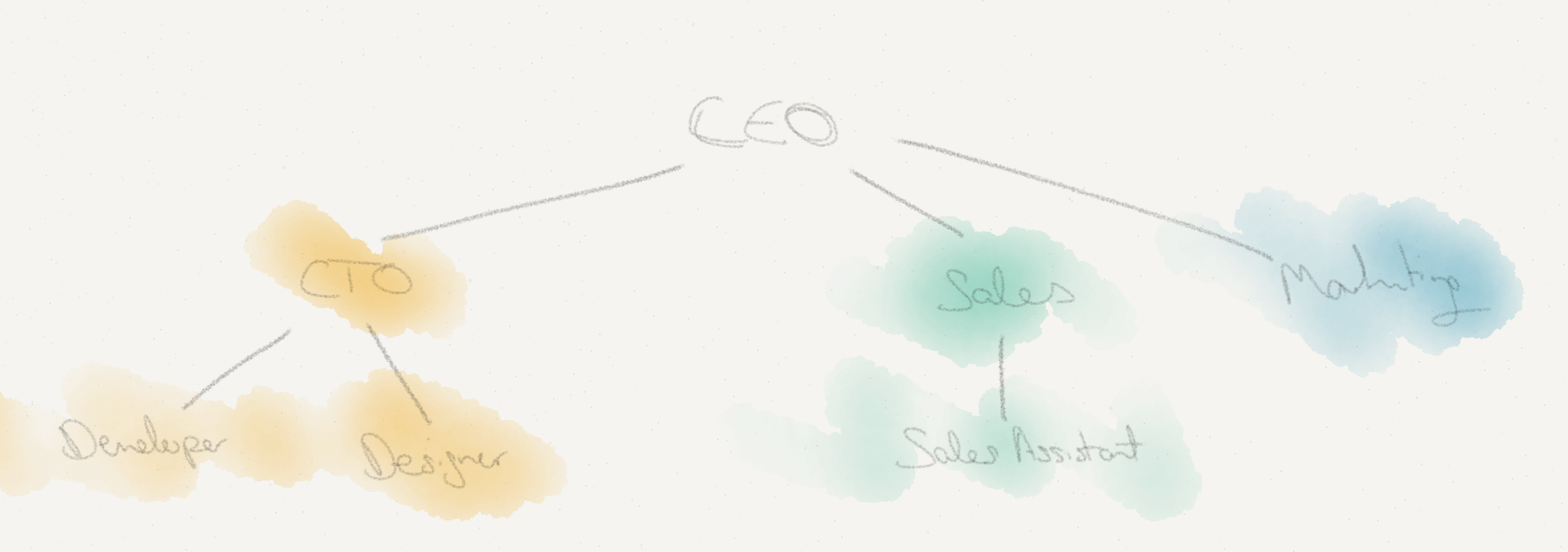Delegation for Founders

At last night’s “Built in Cork” event, an audience member asked the panel about growing a team and how they let go of doing all the jobs themselves (I’m paraphrasing).
There were some good answers on the night but here’s mine:
I think every entrepreneur will get about 10 pages into this book and recognise themselves in it. It has many revelations critical to any business owner.
To summarise: every founder needs to equally be the entrepreneur, the manager and the technician. More often than not, business owners are really technicians running from managers (“employment”) whilst pretending to be entrepreneurs.
The advice, relevant to the question, is to treat your business like McDonalds (I know, yuk! That was my reaction too). What I mean is, treat your business as if it was a franchise model, where your process is so rigorous that it can be replicated over and over again. The first step in doing this, even if you’re a single founder, is to enumerate the roles in your business.
A typical B2B SaaS web business has these roles:
- CEO
- CTO
- Developer
- Designer
- Product Owner
- Head of Marketing
- Marketing Assistant
- Director of Sales / Business Development
- Sales assistant
- Head of Customer Support / Success
- Customer Success representative
- Administrator
- Accountant
For each role you need to sit down and write a job description, list out the responsibilities and days-to-day tasks. I’m not saying you need to hire ~10 people straight away — maybe never! Initially as a single founder all these roles collectively form your job description. You’re literally “wearing many hats”. Exciting/stressful/depressing isn’t it?
The joy of this method becomes apparent when you start hiring. Firstly, you already understand the roles within your business and the lines are clearly defined, even though you’ve been the one doing all the jobs. So now when you hire a CTO, you know that you’re really looking for someone who, at least initially, can take on the CTO, Developer, Designer and Product Owner roles — and maybe also the customer success roles too. That would need to be a pretty flexible individual. The new CTO can then hire based on the roles they’re occupying; finding a developer, designer and support person to fill the specific role.
Likewise, when you hire a Head of Marketing, you know they’ll also need to fulfil the Marketing Assistant role (there’s no point in hiring a manager who can’t also do the work). Maybe you’ll hire a Sales Assistant who’ll report to you in your role as the Director of Sales. And when you hire in the more expensive sales director, the transition should again be fairly seamless.
Going through this process makes delegation much easier. The roles are already defined, the day-to-day activities are known, and the company structure is in place. There’s less trepidation about bring someone in because you already know what they’ll be doing, how it should be done and where they fit in the company.
Obviously, you don’t need to rigorously define your dream 1,000-person company right now but I bet every business, no matter how small, can find 10-15 roles to plan out.